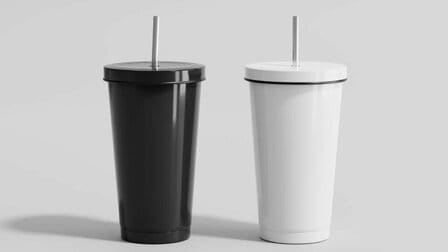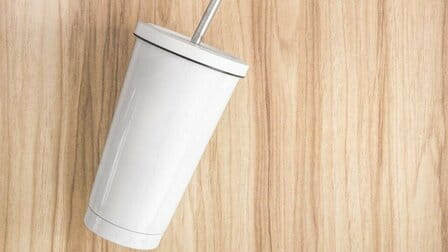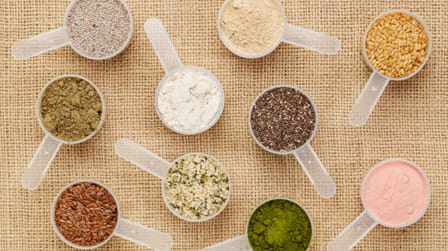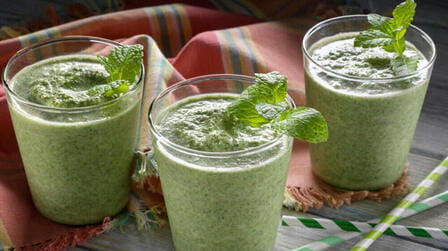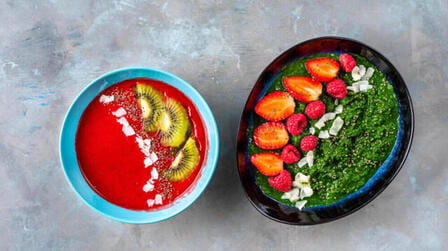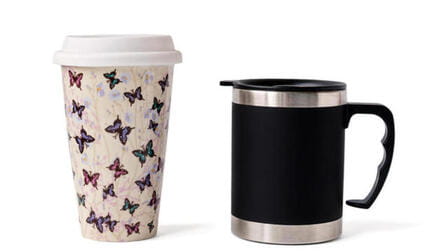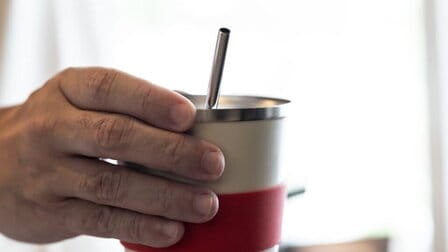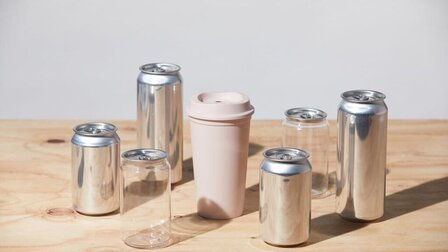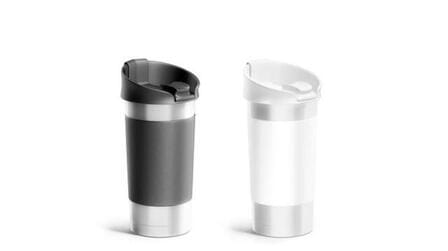A tumbler and a thermos are both insulated drink containers, but they have some key differences. Understanding the unique features of each can help you decide which is better for your needs. Below we’ll explore some of the differences between these insulated containers in more detail.
Insulation Technology
Thermoses rely on vacuum-sealed double walls to nearly eliminate air conduction and convection. The vacuum limits heat transfer so well that the insulation value (R-value) of a thermos bottle is around R-7 per inch.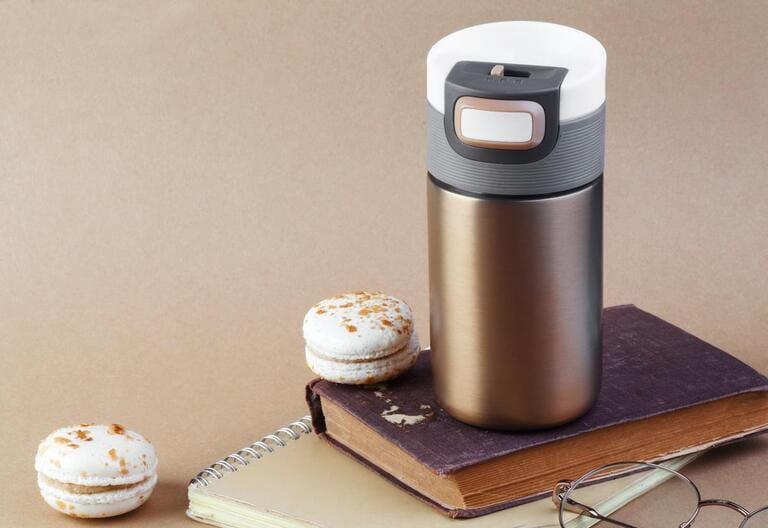
Tumblers also utilize double walls but contain an air gap instead of a vacuum. This allows some heat transfer and decreases the insulation ability. Tumblers generally have an R-value around R-3 per inch.
The superior insulation technology of thermoses allow them to retain temperatures for much longer. Many quality thermoses will keep liquids hot for up to 24 hours, while tumblers usually only maintain heat for 4-6 hours.
Ease of Use
Tumblers and thermoses both offer great portability and on-the-go ease of use. However, most tumblers have a simple screw top lid that requires removing it entirely to drink. While some tumblers do offer push-button lids for access, this is more common among thermos designs.
Thermos lids often incorporate flip-up or push-button openings, twist and pour spouts, and removable inner lids. This makes it easy to drink from a thermos one-handed without removing the entire lid. It also facilitates pouring out contents more readily than tumblers.
Appearance and Design
Tumblers come in a wider variety of stylish modern designs and colors. Their slim, cylindrical shape often features sleek double wall construction showcasing inner and outer walls. Logos and graphics can be easily incorporated into tumbler exteriors for branding.
Thermos bottles have a classic and utilitarian look. They typically have a bottle or flask shaped vessel with a cup or poured top lid. Many feature simple stainless steel outer walls. While thermoses prioritize function over form, some do offer colorful contemporary designs.
When used as drinkware, tumblers have a more stylish, customizable aesthetic. But thermoses’ classic flask shape has its own appeal.
Size Options
Tumblers come in travel mug sizes ranging from 10 to 40 ounces. Some children’s and novelty mini tumblers may hold under 10 ounces. Their slender profile and smaller capacity make them very portable and easy to hold.
Thermoses offer more variety in sizing, with containers ranging from personal use flasks of 16-32 ounces up to full size thermoses of 64+ ounces. The larger capacity options allow thermoses to accommodate meal portions or serve several people.
Durability
Stainless steel is the most common material used in high-quality tumblers and thermoses. It offers excellent durability and insulation. Both tumblers and thermoses withstand the rigors of daily use, though thermoses often employ thicker steel walls for increased sturdiness.
While stainless models are preferred, plastic tumblers and thermoses are also available. However plastic is prone to cracks and dents over time.
With proper care, stainless steel tumblers and thermoses should remain in great condition for many years. But thermoses often edge out in long term durability.
Price Point
Simple plastic tumblers can be found for under $10, while cheap thermoses may run $15-20. For stainless steel, expect to spend $15-$30 for a quality tumbler and $25-$50+ for a good thermos. Name brands or larger sizes increase costs for both.
Thermoses often cost a bit more due to their increased insulation performance and construction. But both offer affordable options suitable for tight budgets.
Examples of Tumblers and Thermos Use Cases
Here are some common examples of how tumblers and thermoses can be used:
- Take a tumbler filled with ice water to work to sip throughout the day. The insulation will keep it colder longer than a regular water bottle.
- Pack soup, chili, or stew in a thermos to keep it piping hot for lunch at work or school. The thermos will maintain the high temperature for hours.
- Fill a thermos up with coffee in the morning to stay energized during a long commute. The superior insulation retains heat and flavor.
- Bring a tumbler of iced tea or lemonade in a backpack or beach bag to stay refreshed without watering it down.
- Use a thermos as a mini cooler when camping or picnicking. It can hold cold drinks, wines, or even ice cream without refrigeration.
- Carry a tumbler of milk or formula when traveling with a baby. It will stay chilled for hours despite being on the go.
- Give kids hot cocoa or apple cider in a thermos to keep them warm at a sports game or on a ski trip.
So in summary, thermoses tend to work better for heating, while tumblers excel at cooling. Consider your most frequent uses when choosing between the two.
Conclusion
While tumblers and thermoses share similar construction, thermoses excel at retaining temperatures for extended periods. Tumblers offer more stylish designs focused on portability. Consider the type of drinks you’ll store, your design preferences, and weighing versatility vs. insulation needs when choosing between these two options. With routine care, both can deliver years of daily use for containing your hot or cold beverages on the go.
